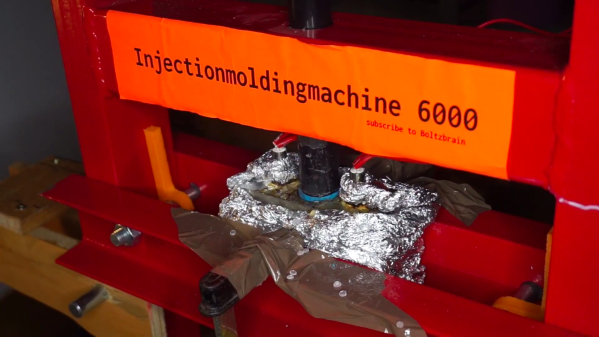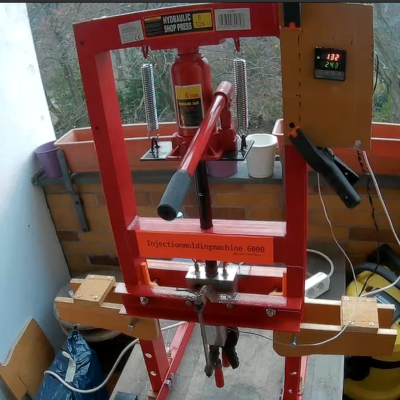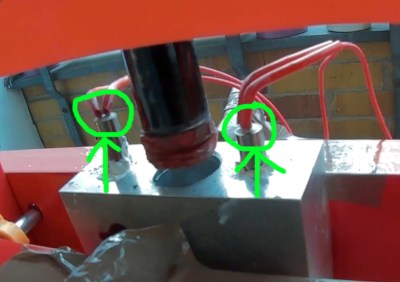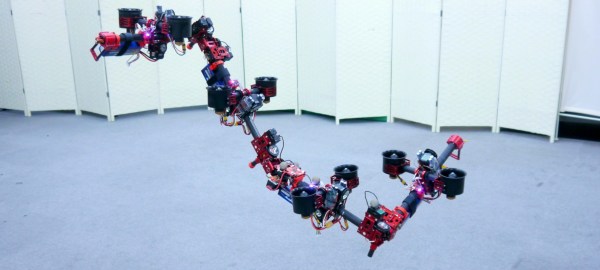Though it was famously started by Linus Torvalds as “a (free) operating system (just a hobby, won’t be big and professional like gnu) for 386(486) AT clones“, the Linux kernel and surrounding operating system ecosystems have been ported to numerous architectures beyond their x86 roots. It’s therefore not unusual to hear of new ports for unsupported platforms, but it is extremely unexpected to hear of one when the platform is a games console from the mid-1990s. But that’s what [Lauri Kasanen] has done, announcing a fresh Linux port for the Nintendo 64.
This isn’t a Linux from 1996 either. The port builds on an up-to-date kernel version 5.10 with his N64 branch and a tantalising possibility that it might be incorporated into the main Linux source for the MIPS-64 processor architecture. That’s right, the Nintendo 64 could be an officially supported Linux platform.
It would be stretching the story a long way to call this any kind of distro, for what he’s produced is a bootloader that loads the kernel and creates a terminal with busybox loaded. With this on your flashcart you won’t be replacing that Raspberry Pi any time soon, so why other than [Lauri]’s “because I can” would you be interested in it? He supplies the answer and it lies in the emulation scene, because having a Linux for the platform makes it so much easier to port other software to it. If this tickles your fancy you can see the source in his GitHub repository, and we’re certainly looking forward to what the community will do with it.
We are more used to seeing the N64 as a subject for case-modding, whether it be as a handheld or a an all-in-one console.
Via Phoronix, and thanks [David Beckershoff] for the tip.
Header image: Evan-Amos, Public domain.




















